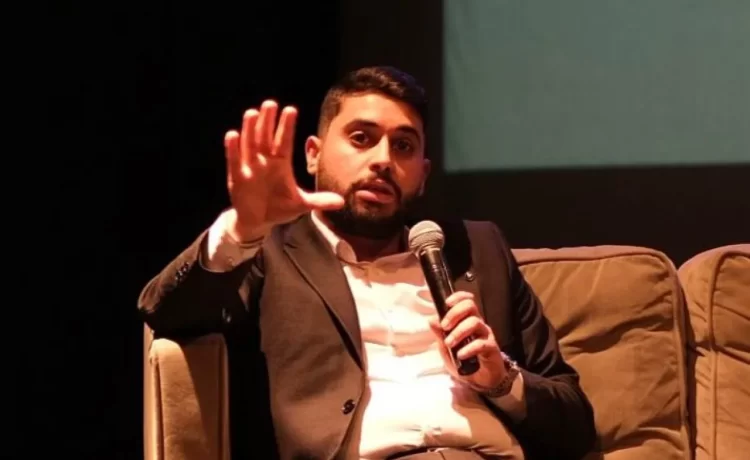Khaberni -In any country lacking oil or financial surpluses, the retirement fund becomes not just a social safety net, but the only remaining tool to build national wealth.
The Social Security Investment Fund has exceeded 16 billion dinars, a substantial figure in an economy whose total size does not exceed 40 billion dinars. But the more important question is: Is this wealth managed in a manner befitting its magnitude?
Here comes an idea that is no longer a theoretical luxury, but a national necessity: transforming the Social Security Investment Fund into a model resembling sovereign wealth funds. I mean not only in form, for we appear sovereign in form, but I refer to the mentality, autonomy, geographical distribution, and the long investment horizon.
Because the current state of the fund makes it closer to a “government financing tank” than a tool for maximizing wealth for the beneficiaries. More than 57% of the pension funds are placed in government bonds. These are not investments, but “mutual debts” within the state itself. In other words: the fund loans to the government, which imposes interest on itself and later pays it out of the same pocket of the citizen.
The current returns, ranging between 5% and 6%, may look good numerically, but they do not reflect the net yield after inflation, nor do they build sustainable purchasing power for retirement after 10 or 15 years. With accelerating inflation, the real returns today might be close to zero, or sometimes negative.
Although the pension funds are not a general surplus for the state, when they are managed with sovereign tools, they preserve the rights of the workers and build a stronger national economy.
Successful sovereign funds diversify their investments globally in sectors such as technology, renewable energy, and gold, and are managed independently and transparently away from daily governmental pressures. Most importantly: they separate the investment decision from the political decision, the former protects money, the latter might deplete it.
And for this proposal not to remain a theoretical idea, building a sovereign mindset for managing the pension fund must be undertaken through a phased and feasible plan over 10 years.
Examples are available: Norway’s sovereign fund started with oil wealth, but its success came from smart, long-term diversification, not just oil. And Temasek in Singapore was not based on natural resources, but on administrative will and bold, well-thought-out investment plans.
The pension can indeed become a “sovereign fund conditioned by profitability” if managed as a tool for protection and development of people’s money, with a balanced investment mindset, and away from the arbitrariness of daily politics.
Every penny that is not well-invested today is a deferred debt on the neck of a generation that will age without a real guarantee tomorrow.
Either we continue to manage billions with a current account mindset, or we shift to a future-building mindset.
The choice is not only financial, but also national, and humanitarian.





